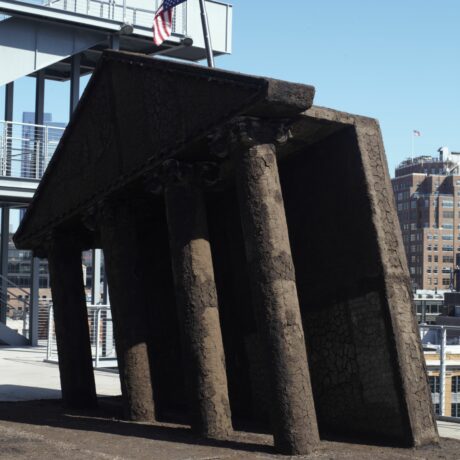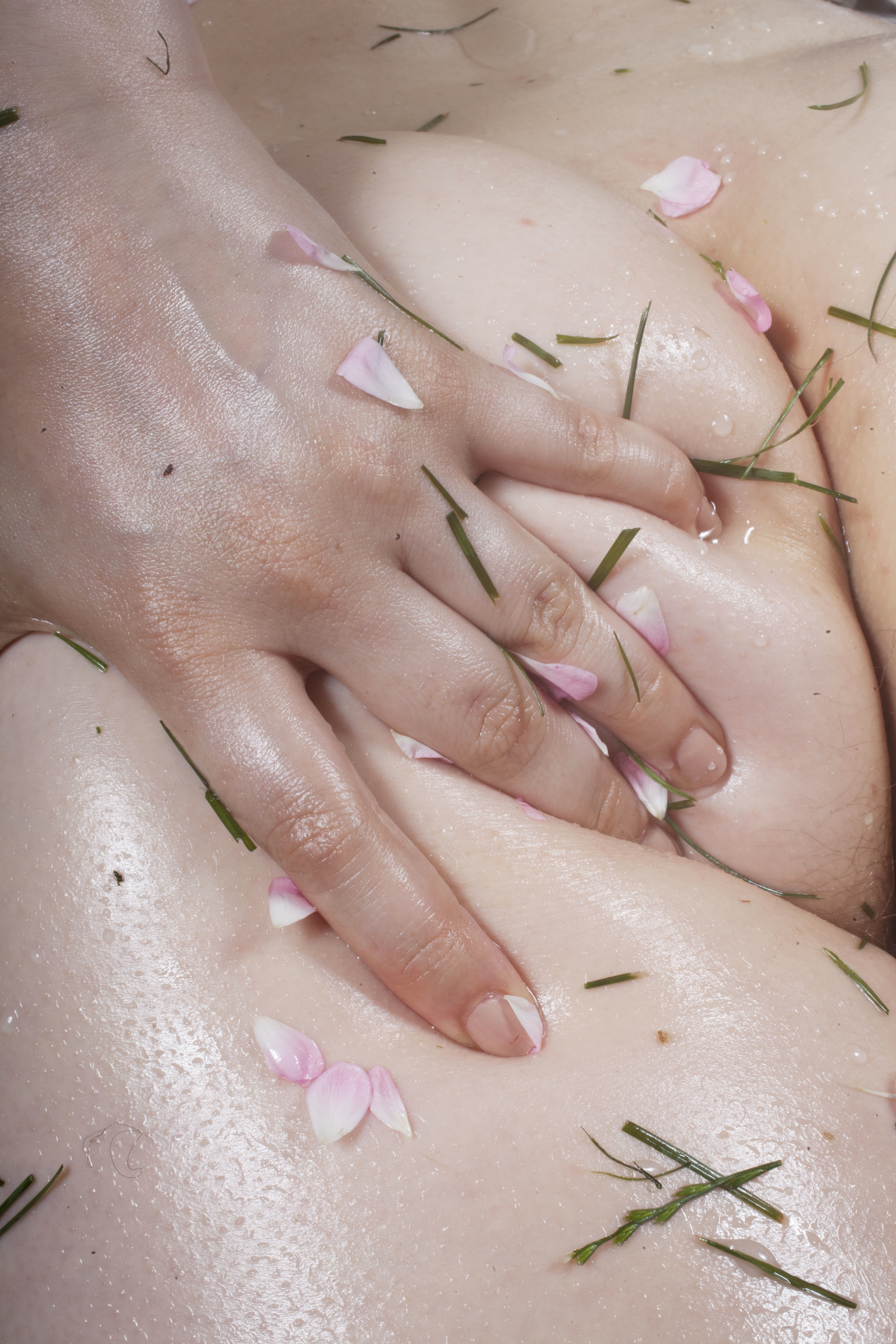
Goodbye, 2018, you messy, complicated, strange beast. What a year it’s been to live by our maxim of seeing “life through art”. When delving into our learnings from each week of the year, it became ever more plain that whatever we’re seeing in politics, feminism, censorship, narcotics and indeed any other issues in the wider world are both refracted in and manifested through art. As such, this distillation of the year’s art news is as much about news-news as it is about art; and offers a sometimes bleak, sometimes hilarious, sometimes charming and always (we hope) fascinating potted view of the headlines that smacked us right in the kisser in the past twelve months.
What We Learned This Year
The Metropolitan Museum of Art celebrated the start of 2018 by announcing an end to its “pay what you wish” policy, with a $25 mandatory entrance fee for out-of-towners that came into play on 1 March. Many saw it as two fingers up to low-income individuals who’ve already had their pockets emptied on the mean streets of New York City. (12 January)
Earlier this year allegations emerged against Chuck Close, accused by multiple women of sexual harassment, and The National Gallery of Art in Washington DC cancelled his solo exhibition. The gallery also called off a solo presentation by Thomas Roma, who stepped down from his position as director of the photography department at Columbia University in January amid a wave of sexual harassment accusations from several former students. (26 January)

It came to light that much of the arts patronizing Sackler family’s wealth is rooted in sales of opioid OxyContin, a prescription painkiller that took in more than $35bn in sales revenue between 1995 and 2015 and which it’s estimated has killed 200,000 people in the US as a direct result of dependency. Photographer Nan Goldin has been instrumental in raising awareness of this little-known connection between the high-profile philanthropists and the pharmaceutical crisis sweeping America after she went public about her own three-year addiction to the drug. (26 January)

A lot of buzz was to be had around the unveiling of Barack and Michelle Obama’s presidential portraits, by Kehinde Wiley and Amy Sherald respectively. The two are definitely unorthodox paintings in their style—they don’t depict their subjects at a desk or surrounded by interiors in muted tones. The paintings garnered strong responses both positive and negative. Wiley explained “This painting stands out as a game changer, really. And I think that’s in keeping with the type of bold leadership and authentic voice that this president gave to this nation.” (16 February)
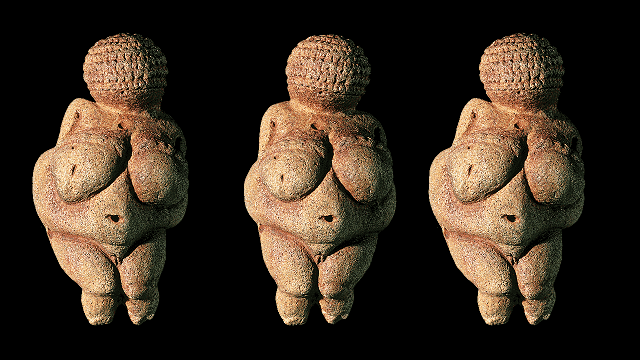
The nuances of social media “community guidelines” continued to baffle the art world throughout 2018. In March Facebook banned images of a 30,000-year-old sculpture known as the Venus of Willendorf, on the grounds that it was “dangerously pornographic”. The Natural History Museum of Vienna, which owns the sculpture, declared: “Let the Venus be naked!” Other individuals have taken it upon themselves to create their own “safe” versions including a brilliant animation by Nina Paley. The Pulitzer Prize-winning photograph known as “Napalm Girl” and Gustav Courbet’s The Origin of the World also faced removal, according to Business Insider. (2 March)
Accusations of cannibalism were aimed at Latvian artist Arthur Berzinsh in March. In a performance at the Grata JJ cultural centre, Berzinsh staged an event that saw two performers having flesh cut from their body, before it was fried up and fed to them. The performance was streamed live and is still available to view, if your stomach can handle it. (30 March)
When UK businesses were required to submit their gender pay gap figures to the government, it emerged that the art world needs some work, as some of the biggest pay gaps have been revealed in art auction houses. Whilst the median gender pay gap for all 10,000 companies who submitted is 9.7%, auction houses have been revealed to pay women between 22% and 37% less than men. In a small turn up for the books, at the Tate women are paid 2.4% more than men, and at the British Museum, they out-earn men by 4%. (6 April)
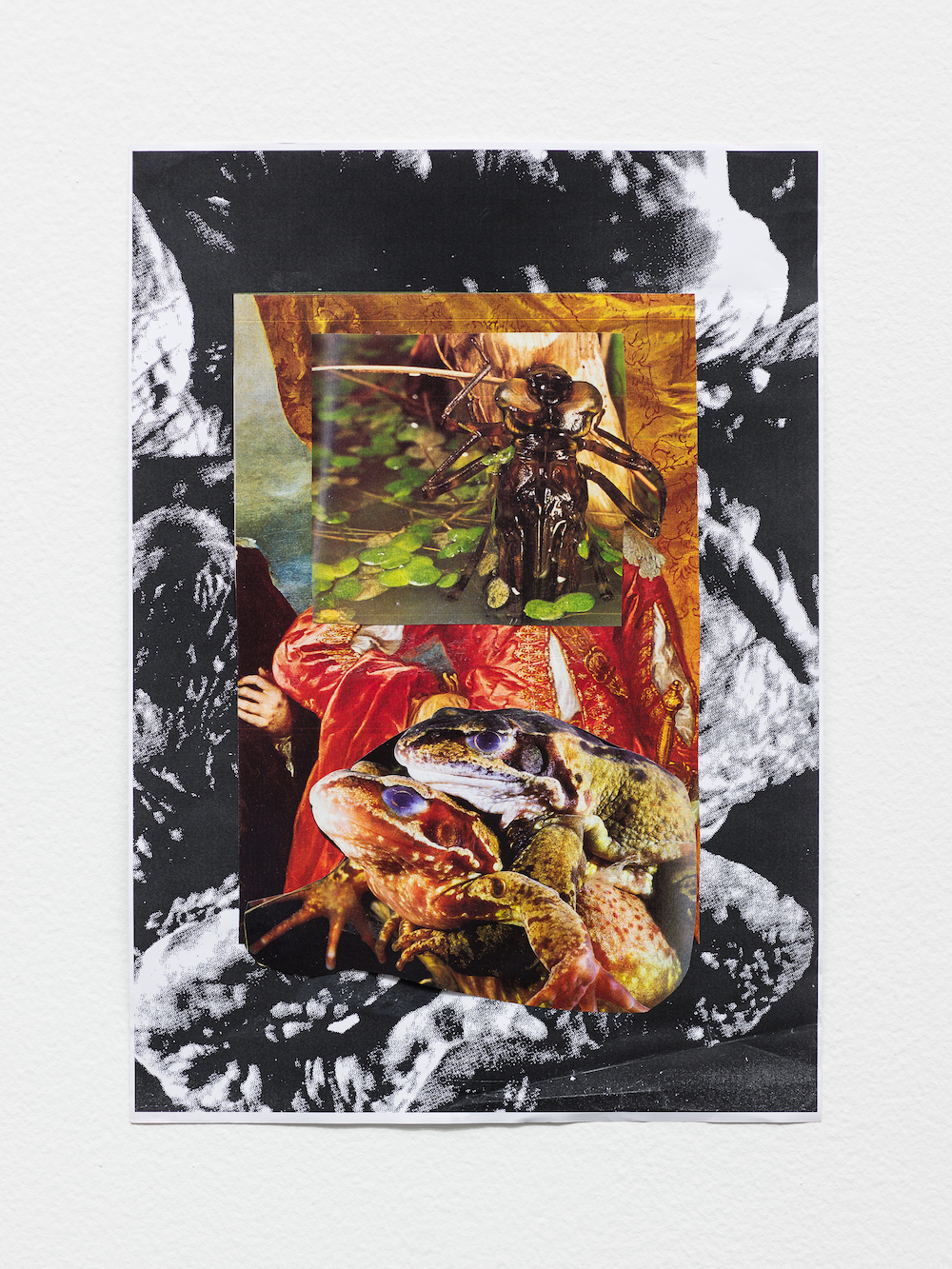
Performance artist Marvin Gaye Chetwynd announced she will be known as Monster Chetwynd, according to an Instagram post from Sadie Coles HQ in April. The change from her previous alias, Marvin Gaye Chetwynd, came a few weeks after the end of her show Ze & Per at the London gallery. (27 April)
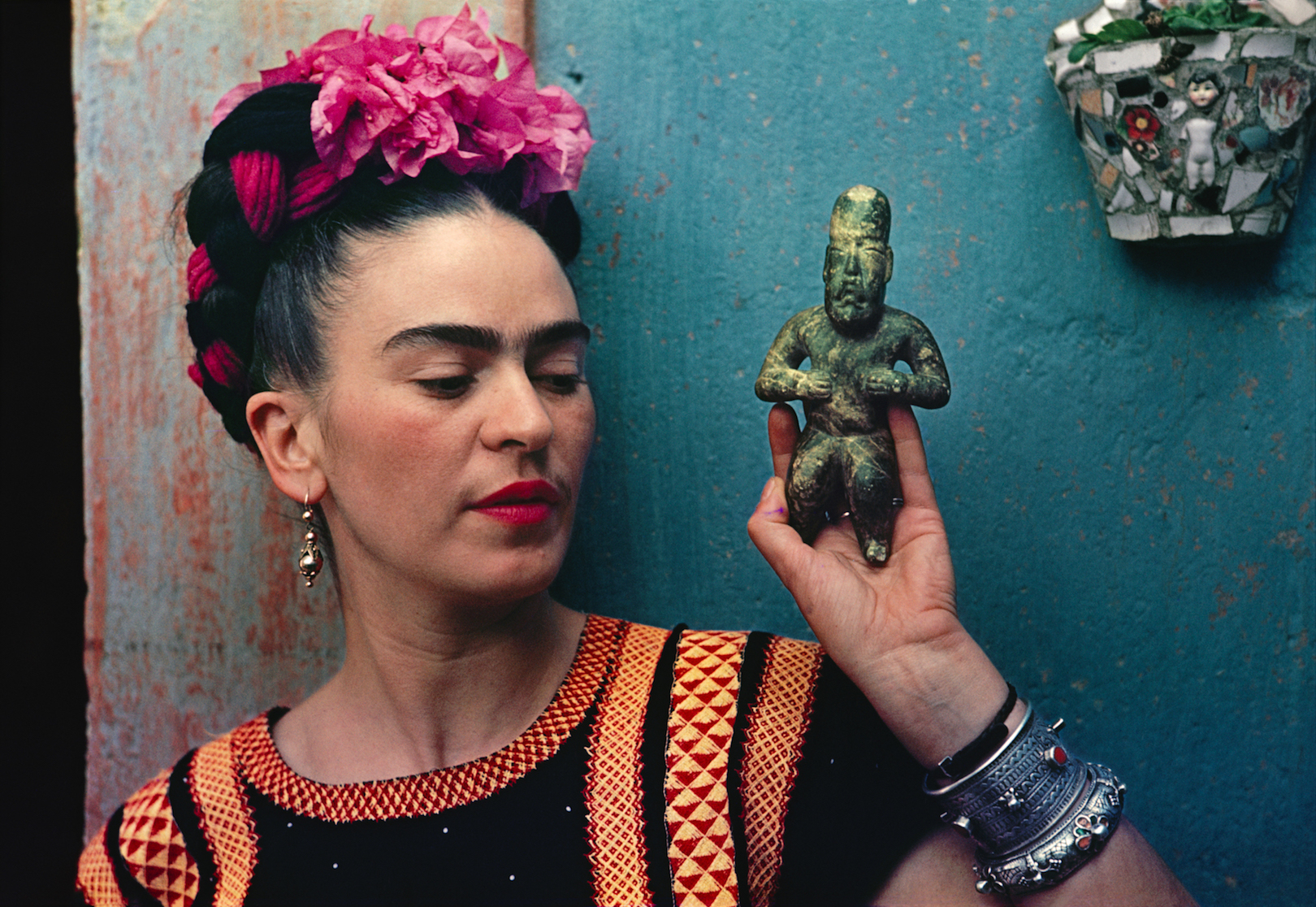
Frida Kahlo’s great-niece Mara de Anda Romeo successfully gained a temporary injunction against American toy-maker Mattel, stopping them from selling a Frida Kahlo Barbie doll in Mexico. The doll, part of the brand’s “Inspiring Women” series, was criticized by many, including Salma Hayek, when it was released in March for its failure to recreate Kahlo’s unibrow, and for slimming down her figure. (27 April)
Tracey Emin, Grayson Perry, Phyllida Barlow and Anish Kapoor were among those who condemned the exclusion of arts and creative subjects from the new English baccalaureate. In an open letter published in the Guardian, they claimed it “will seriously damage the future of many young people in this country”. (11 May)
Glasgow School of Art was once again the victim of a horrific blaze in June. Only days earlier, scaffolding was being removed from The Mack as it began to recover from an initial blaze four years ago. (22 June)
Artists from the Design Museum’s Hope to Nope exhibition in London protested the institution’s decision to host a private arms trade event in July, and some of their work was returned by the museum. The political exhibition contained the work of numerous anti-corporate artists and activists, in clear contrast with the event. (4 August)

Ai Weiwei’s Beijing studio was destroyed by Chinese authorities, one of the many casualties in a city-wide clearing of older buildings and traditional “hutong” alleyways to make way for a new wave of construction. The Chinese artist posted a series of videos of the interior and exterior of the studio being turned to rubble, showing his assistants working to box and save the many sculptures stored inside. Although he has lived in Berlin since 2015, many of his works remained at the studio in Beijing. (10 August)
A visitor to Anish Kapoor’s Descent into Limbo did just that, tumbling down the eight-foot black hole back in August when the piece’s illusory effects were clearly just a touch too effective. (24 August)
A Brussels street was renamed Ceci n’est pas une rue (This is not a street) in a commemoration for René Magritte in August. The name was selected following an open call for suggestions from the public. (24 August)

Artist Trevor Paglen came under fire online in August when he announced his plans to send a mirrored artwork into space. Titled Orbital Reflector, it was set for take-off as part of his exhibition at the Nevada Museum of Art, described as a “satellite [that] will have no commercial, military, or scientific purpose”. However, astronomers argued that it will cause light pollution and could obstruct important observations in space, and calling it “junk” and “shiny crap”. (24 August)
This year saw a spate of women-only exhibitions, attempting to redress the balance of male to female artists gaining visibility. But what of the subjects? In September The Royal Academy announced it wants equality amongst all its subjects too, with news of an equal split of male and female naked bodies in its next exhibition of nudes from the Renaissance era. (7 September)
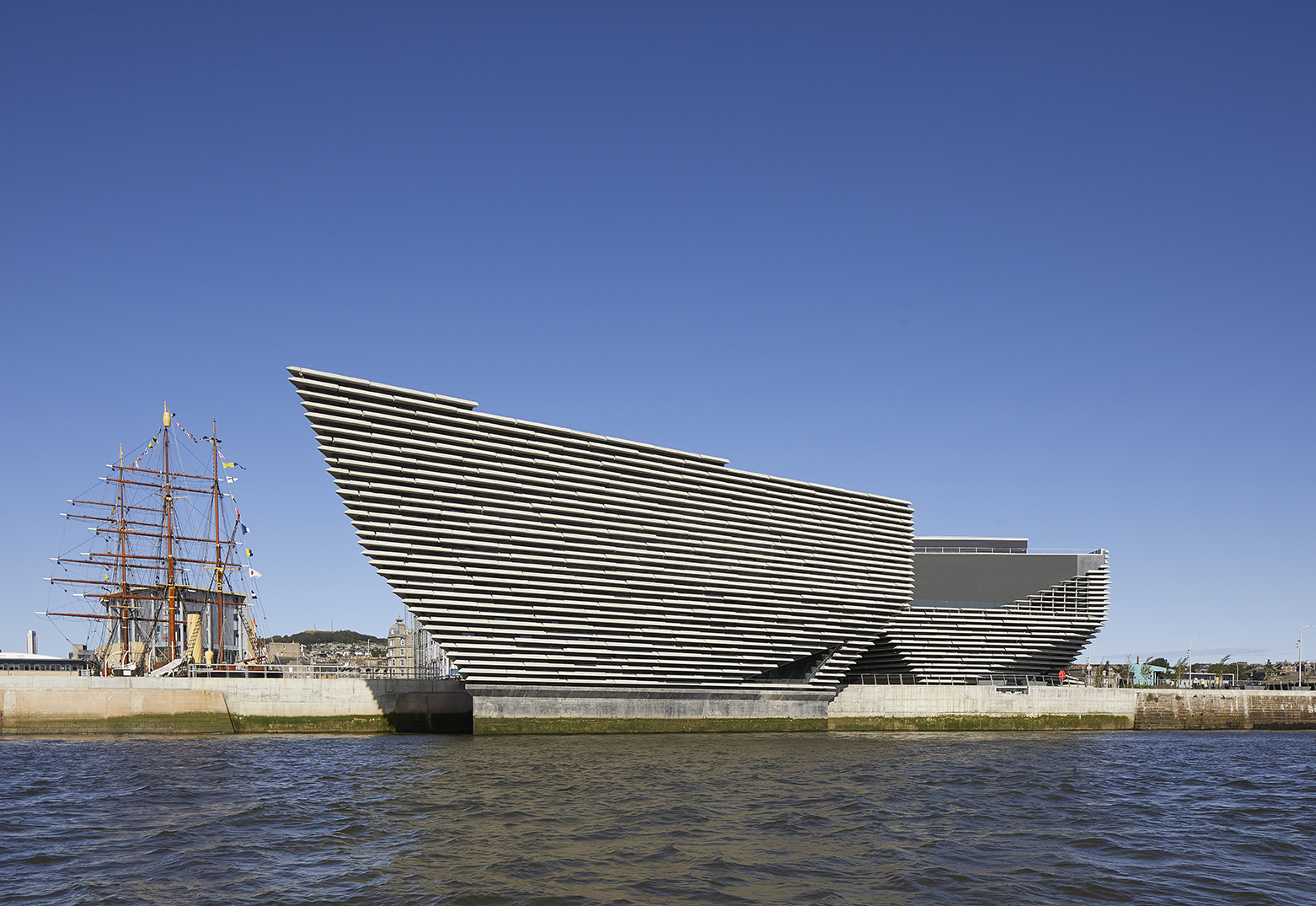
The V&A museum opened a new outpost in the Scottish city of Dundee in September, with a huge building designed by Japanese architect Kengo Kuma, who has described his desire to create a “living room for the city”. (14 September)
Jenny Saville set the record for the most ever paid at auction for the work of a living female artist when her 1992 nude self-portrait Propped sold for £9.5 million at Sotheby’s London in early October. (12 October)
Laurie Anderson, Jarvis Cocker, Bono and Pharrell Williams were among the thirty-seven musicians who penned a song in memory of artist Sophie Calle’s late cat, Souris, who died in 2014. The thirty-nine-track album was launched at Calle’s solo show at Paris’s Galerie Perrotin. (19 October)

Our pioneering new project space Elephant West opened to the public in November, launching with new work from the British artist Maisie Cousins (read the review on Time Out here) and a heaving crowd.The space boasts Fuel cafe and bar—home to Savage Salads and some pretty spectacular cocktails—as well as early morning yoga, film screenings and the launch of Fuel By Night. (9 November)
The Royal Tenenbaums, Rushmore and Isle of Dogs director Wes Anderson curated his first art exhibition alongside his illustrator and costume designer partner Juman Malouf at the Kunsthistorisches Museum in Vienna, Austria. (16 November)
Collaborators at Andy Warhol’s Factory dished the dirt on what it was really like working with the fright-wigged art star. The fascinatingly juicy piece on the New York Times offers insights like, “It was always boys, clothes and sex” (model Corey Grant Tippin). Some pretty gruelling narcotics stories to be had there, too. (16 November)
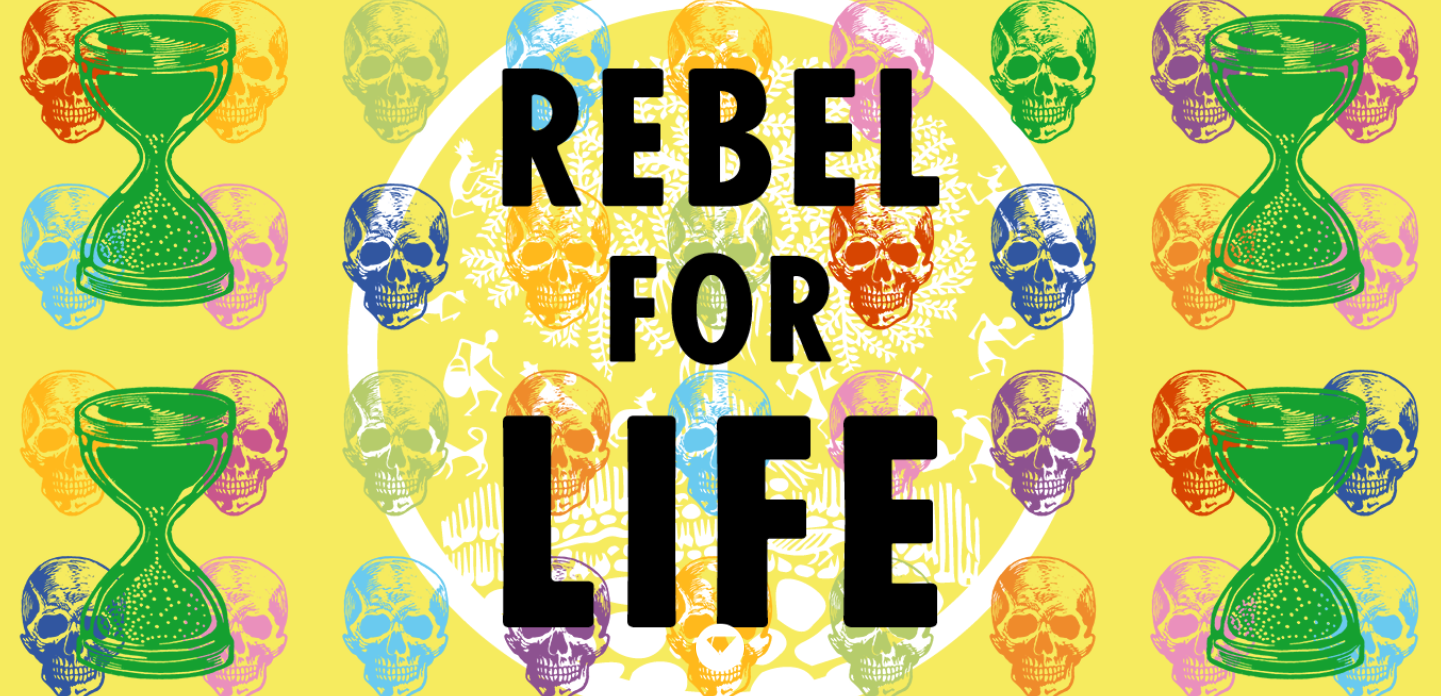
Former YBA bad boy Gavin Turk was arrested for his part in the coordinated occupation of five London bridges. The move was organized to protest climate change by bringing the capital’s traffic to a standstill. (23 November)
SpongeBob SquarePants creator Stephen Dillenburg died aged fifty-seven from motor neurone disease. “Steve imbued SpongeBob SquarePants with a unique sense of humour and innocence that has brought joy to generations of kids and families everywhere,” said Nickelodeon. (30 November)
Glasgow-based artist Charlotte Prodger won this year’s Turner Prize, scooping £25,000 for her smartphone-shot video pieces. Prodger won for her solo exhibition Bridgit / Stoneymollen Trail at Bergen Kunsthall, which showed work that “interweaves bodies, thoughts and landscape”, with references vacillating between JD Sports and standing stones to 1970s lesbian separatism and Jimi Hendrix’s sound recordist. (7 December)
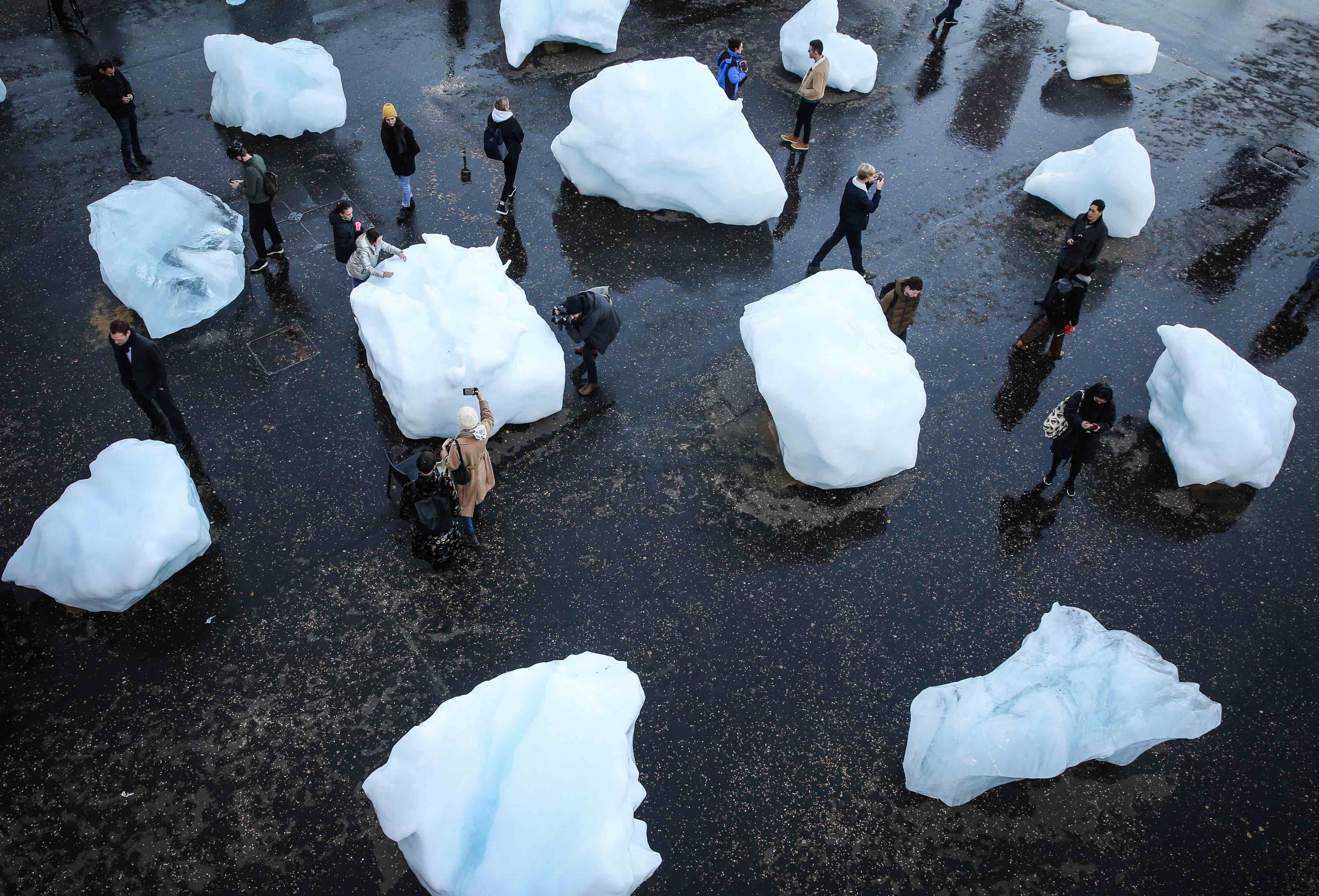
Huge ice-blocks appeared outside Tate Modern, thanks to Olafur Eliasson and geologist Minik Rosing. The public installation, entitled Ice Watch, aimed to highlight the impact of climate change and took the form of twenty-four blocks of ice arranged in a circle on Bankside. (14 December)
There’s been no shortage of exhibitions dedicated to showing female artists in the past year or so, and in 2019 Tate Britain is joining the (girl) gang with a new display dedicated to female artists working in Britain over the past sixty years. (21 December)




